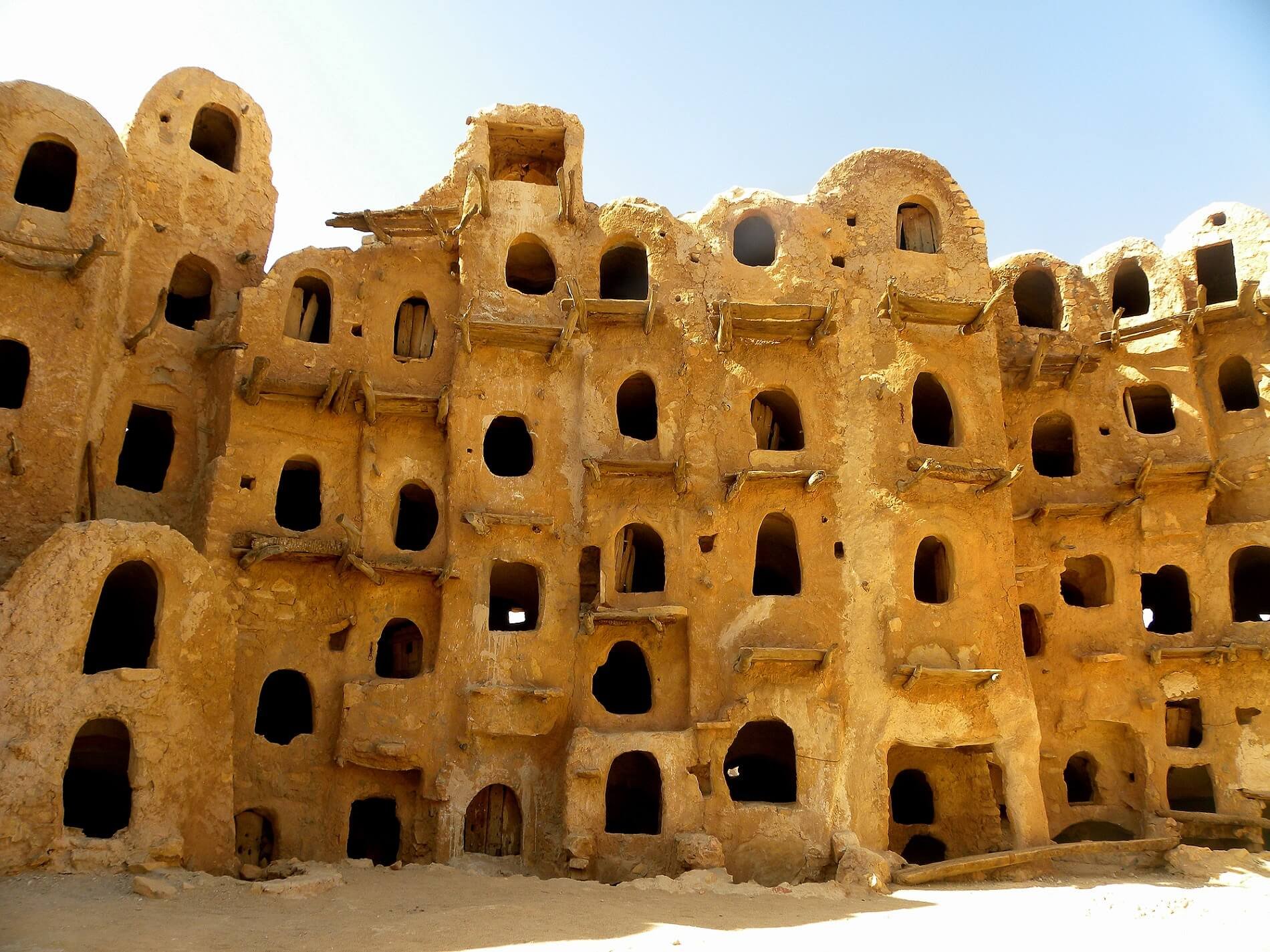That the UN has proven itself unable to root out corruption, unable to adjust its policies to changes in the political climate, and essentially a cumbersome bureaucracy that plods forward on autopilot, should come as no surprise to anyone who follows the organization closely.Looking back, it is now clear the Skhirat deal was final made possible on Dec 17 after last minute efforts by the UN-envoy, Martin Kobler to assuage the HoR, Haftar and the Tubroq faction. He did this by obtaining the nomination of Ali Al-Gutrani (HoR Rep), for the position of Deputy PM in the GNA presidential council. Gutrani's role will be to safeguard the interests of the Haftar.In a joint press conference with Kobler from his base in Eastern Libya, just one day before the signing, Haftar gave his implicit blessing for the GNA, saying that it was indeed urgently needed to combat terrorism and that it is ‘in our favour, not against us’ but noted his disapproval of the agreement in its current form. This statement showed that Kobler is merely continuing the biased pro-Tobruq policies of his predecessor Bernardino Leon.It is key to recognize this now as the GNA is not actually a government of national accord in the normal sense as it is not the product of real negotiations between the two main competing blocs. It is more akin to the post-1951 government imposed by the UN with British support upon Libya, which was a continuation of previous big power politics and alliances in Libya and not a genuine turning of the page. Yes most of the Libyan population rightly preferred that to Bevin-Sforza but it was not a compromise solution between Bashar al-Saadawi and the Tripolitanian Arab Nationalists and and the more conservative forces in Cyrenaica. That is to say that the Sanussi Monarchy and the structures in Cyrenaica post-51 were essentially the same as those under the British Military Administration of Cyrenaica from 1942-49 and the connection to Britain was the same even though the labels were changed.From this we can conclude that even if the GNA is to take root it will have the same weaknesses and biases of its component parts, i.e. pro-Haftar and pro-Misratan elements each of which draw support from their separate support bases without anything genuinely new actually having been created. In fact, the GNA is likely to represent the same failings of the HoR with the same alliances with international powers, except possibly worse as the GNA appears to be signalling a phase of greater international intervention in Libyan affairs rather than a movement to an organic solution over which Libyan ownership can be exerted.

